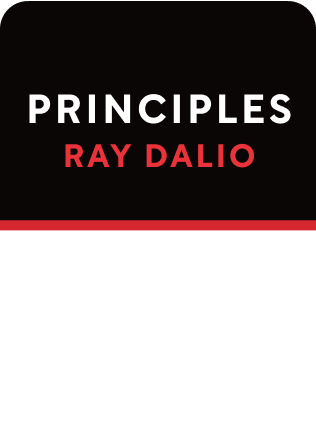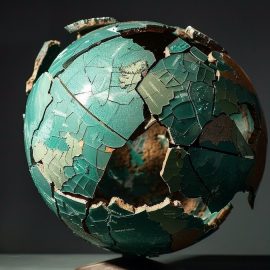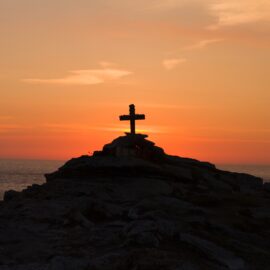

This article is an excerpt from the Shortform summary of "Principles: Life and Work" by Ray Dalio. Shortform has the world's best summaries of books you should be reading.
Like this article? Sign up for a free trial here .
What happened during the financial crisis to Ray Dalio? What happened to his company, Bridgewater?
For Ray Dalio, the financial crisis directly affected his company, Bridgewater. But Bridgewater actually succeeded during the crisis, which drew attention to its business practices.
Read more about Ray Dalio, the financial crisis, and Bridgewater’s success.
Ray Dalio: Financial Crisis After Bridgewater’s Growth
In 1995, Bridgewater had 42 employees and $4.1 billion under management. This grew to 80 people and $32 billion by 2000, then to 738 people in 2008. All this grew from Ray Dalio being the single employee in 1983 after his disastrous mistake.
As Bridgewater grew, Dalio faced a dilemma. On one hand, Bridgewater’s increasing size would continuously give it a greater advantage in better technology and more talent; this would make the firm more stable and permanent. On the other hand, the influx of large numbers of new team members would threaten their culture, and managing the people would dilute their focus.
As always, Dalio refused to see the world as only two options. He wanted Bridgewater to have its cake and eat it too—to grow larger while strengthening their culture further.
In order for Bridgewater to scale both its asset management and its headcount, Bridgewater and Dalio introduced innovations in two areas: 1) new investment funds with new game-changing strategies, and 2) management tools to help build the culture even as the team grew into the hundreds. For Ray Dalio, the financial crisis of 2008 was an opportunity.
The 2008 Financial Crisis
For Ray Dalio, the financial crisis of 2008 came at a strange time. Bridgewater was already a large firm, but its performance during the 2008 recession brought it special renown.
In the years leading up to 2008, Bridgewater’s economic indicators suggested that a depression was near. The costs of servicing debt were growing faster than projected cash flows, which risked bursting the debt bubble. Furthermore, because interest rates were already near 0 percent, central banks couldn’t lower interest rates to ease the situation. For Ray Dalio, the financial crisis was nothing new. He’d already learned his lesson about how companies can fail. c
Having been burned once in the early 1980s with overconfidence, Dalio was now perpetually unconfident and always seeking something that would prove him wrong. He and his team studied past depressions thoroughly, going day by day through newspapers during the Great Depression. The signs pointed in the same direction—a recession was coming. Ray Dalio saw the financial crisis of 2008 coming, and decided to prepare.
As a result, Bridgewater adjusted its portfolios in expectation of a recession, in ways that would capture a large upside while limiting downside. They were right. In 2008, their flagship fund earned 14%, while the market as a whole lost over 30%.
At the end, the 2008 recession was just “another one of those.” It reinforced Dalio’s insistence on studying history, learning from the many instances that came before in preparation for the ones that will come later.
Giving Back
In 2015, Bridgewater had its 40th anniversary, and Dalio was 66 years old. Around this time, he knew he was in the third and final phase of his life. Having achieved things beyond his wildest dreams, he was no longer as excited by being successful—instead, he became more excited by helping other people succeed when he was no longer around. For Ray Dalio, the financial crisis and his success encourages him to want to help others succeed.
Thus Dalio turned his eye to three major transitions: passing on management of Bridgewater, passing on his money to philanthropy, and passing on his principles to the world.

———End of Preview———
Like what you just read? Read the rest of the world's best summary of Ray Dalio's "Principles: Life and Work" at Shortform .
Here's what you'll find in our full Principles: Life and Work summary :
- How Ray Dalio lost it all on bad bets, then rebounded to build the world's largest hedge fund
- The 5-step process to getting anything you want out of life
- Why getting the best results means being relentlessly honest with everyone you work with






